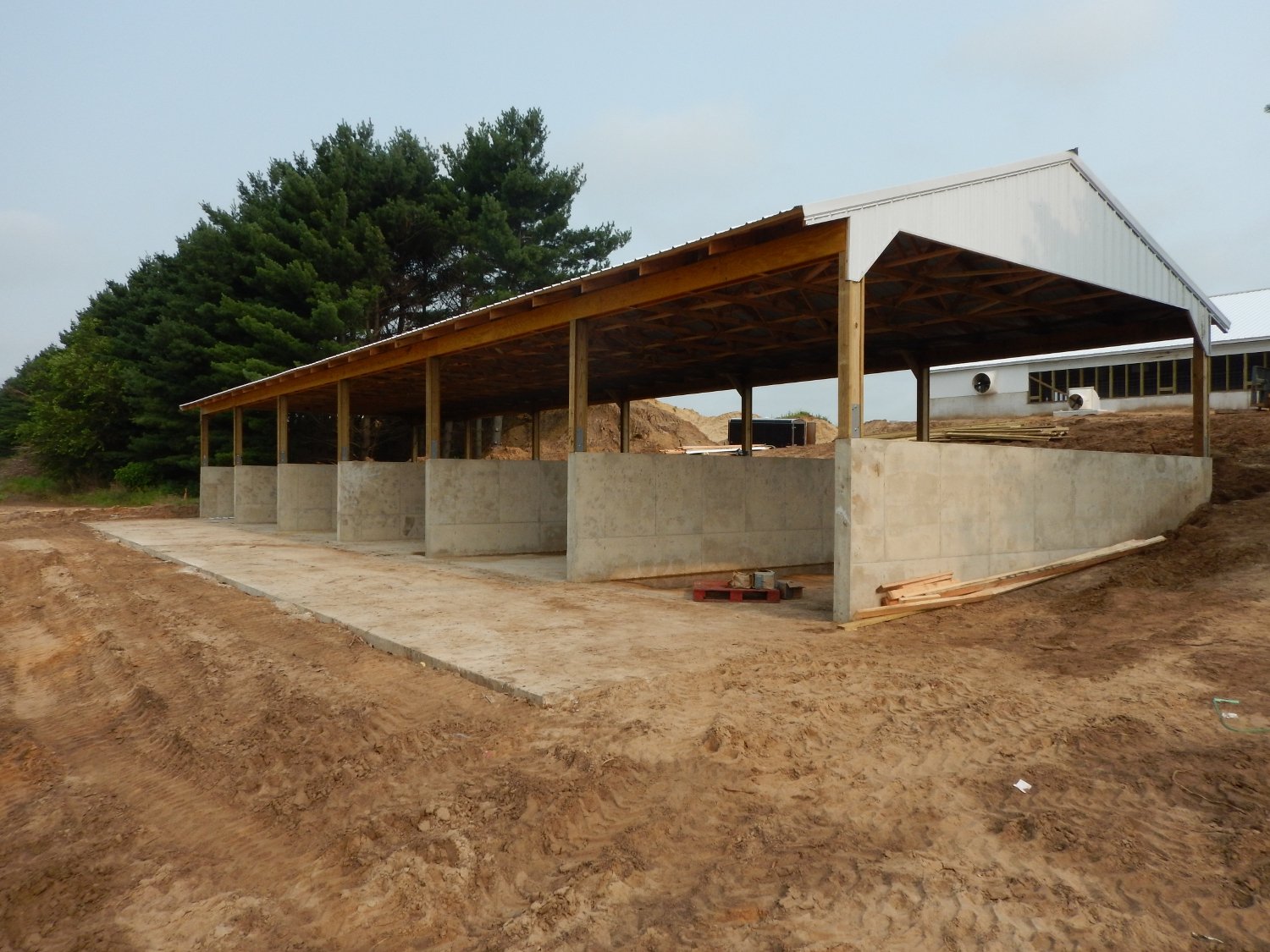The conservation practices, leasing considerations and sample lease provisions below are not exhaustive but rather provide an overview of how farmers and landowners can use a lease to encourage these practices. Lease terms should be simple and document the parties’ points of agreement on issues such as how a practice will be installed, utilized, and maintained. Farmers and landowners should change the lease provision to fit each individual situation. For more information, view our full Agricultural Conservation Leasing Guide.
Conservation Practices
Well Protection
Maintaining proper use of farm input products to improve the quality of water sources. Such maintenance includes mixing farm chemicals and rinsing containers a minimum of 100 feet from a well, even if it is abandoned, and making sure all well casings or grass filter strips are properly maintained
Conservation Tillage
Manages the components of crop and other plant residue on the soil surface. Limiting soil-disturbing activities, like tilling, increases organic matter, allowing the soil to hold more moisture, maintain better microbial life, and provide more nutrients to crops
Rotational Grazing
involves grazing a portion of pasture while the remainder is allowed to “rest.” To use rotational grazing, pastures need to be divided into two or more paddocks with fencing to retain livestock in an intended area
Integrated Pest Management
Conservation technique used to reduce wide-scale pesticide application. IPM involves using field scouting to evaluate the impact of insects, weeds, and diseases on crops.
Crop Rotation
A method of planting different types of crops, such as grains and legumes in sequential seasons in the same field. When the correct crop combinations are used for the right soil types, crop rotation maintains soil productivity and may require fewer fertilizer or pesticide inputs in the future.
Contour Farming
Tilling and planting a crop in a way that orients the rows parallel to the contour of the slope and perpendicular to the flow of water, on or near the contour of a field, taking advantage of its natural shape to reduce erosion and hold onto water.
Manure Storage Structures Agrichemical Handling Facilities
Manure storage structures prevent nutrient loss through runoff and protect waterways. Storage of manure for field application can also reduce synthetic fertilizer costs.
Diversions, grassed waterways, and terraces
structures that can improve water flow through land, reduce erosion and formation of gullies on slopes, and allow for better crop growth on bottomland soils.
Woodchip Bioreactor
Reduces nitrogen in runoff and groundwater by catching field runoff in a subsurface trench filled with wood chips. Carbon from the wood chips interacts with nitrogen in the water to cause denitrification, which reduces nitrogen pollution into adjacent waterways.
Cover Crops
Reduce wind and water erosion, preserve or improve soil health, use excess nutrients that could otherwise pollute waterways, and suppress weeds or pests
Riparian Forest Buffer
Trees, shrubs or grasses planted next to waterways filter runoff, improve water quality, protect against erosion and provide wildlife habitat.
Critical Area Planting
Planting grass or other vegetation to protect a severely eroding area from soil erosion.












